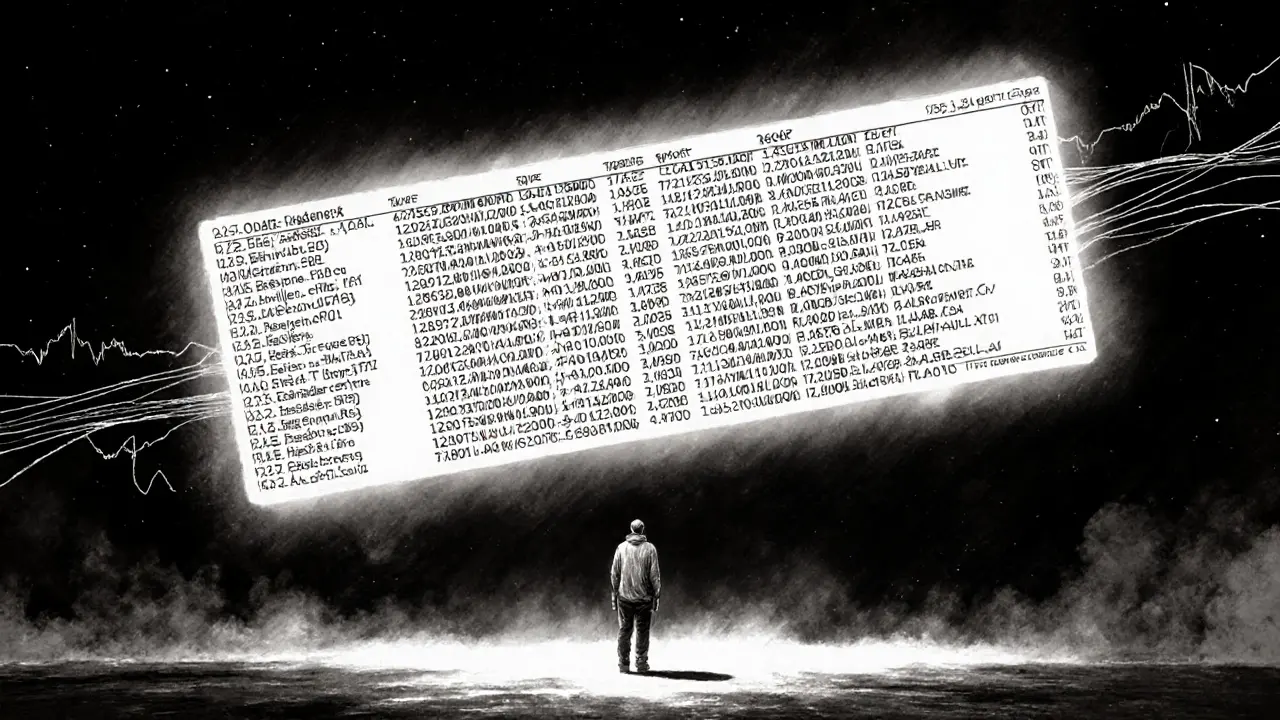Jager Hunter (JAGER) is a BNB Chain meme coin that rewards holders with automatic payouts every 10 minutes if they hold at least 146 billion tokens. Learn how it works, its risks, and whether it's worth your money.
JAGER rewards: What They Are, How They Work, and Where to Find Them
When you hear JAGER rewards, crypto incentives tied to specific blockchain projects or airdrop campaigns. Also known as JAGER token rewards, they’re often distributed to early adopters, liquidity providers, or wallet holders who meet certain criteria. But here’s the truth: most JAGER rewards you see online are either dead, fake, or already claimed. The real ones? They’re rare, time-bound, and usually tied to projects that actually shipped something.
These rewards don’t come from nowhere. They’re usually linked to DeFi incentives, token distributions designed to attract users to new protocols—like staking on a new exchange, providing liquidity on a DEX, or holding a specific NFT. You’ll find them in projects that tried to build traction fast, like the ones listed here: the Midnight airdrop by Cardano, the BNU token drop from ByteNext, or even the failed LNR NFT giveaway. These all followed the same pattern: big hype, small execution, and often zero long-term value.
And that’s why JAGER rewards are so tricky. They sound like free money, but most are just digital ghosts. The token might have been worth $0.02 at launch, then dropped to zero because the team vanished. Or the reward was only for users who held crypto on a specific date in 2022, and now the claim window is closed. Even if you see a site offering "claim your JAGER rewards now," check if it’s linked to a real blockchain explorer, a verified smart contract, or just a phishing page with a fake wallet connector.
Real JAGER rewards are documented. They’re announced on official project channels—not CoinMarketCap listings that haven’t updated since 2021. They come with clear timelines, unlock schedules, and verifiable token contracts. If there’s no GitHub repo, no team bio, no trading volume after six months, it’s not a reward—it’s a trap.
What you’ll find below isn’t a list of active JAGER reward claims. It’s a collection of real cases—some that worked, most that didn’t. You’ll see how the Midnight airdrop gave out billions of tokens but locked them for a year. How the BNU token became worthless after a single drop. How even big names like CoinMarketCap have been used to spread fake airdrop scams. These aren’t hypotheticals. These are the stories behind the rewards people still chase.
If you’re looking for JAGER rewards today, don’t search for them. Search for the projects that created them. Check if they’re still active. Look at their token’s trading history. Ask if anyone still uses the platform. Because in crypto, the reward isn’t the token—it’s the project that survives long enough to make that token matter.

